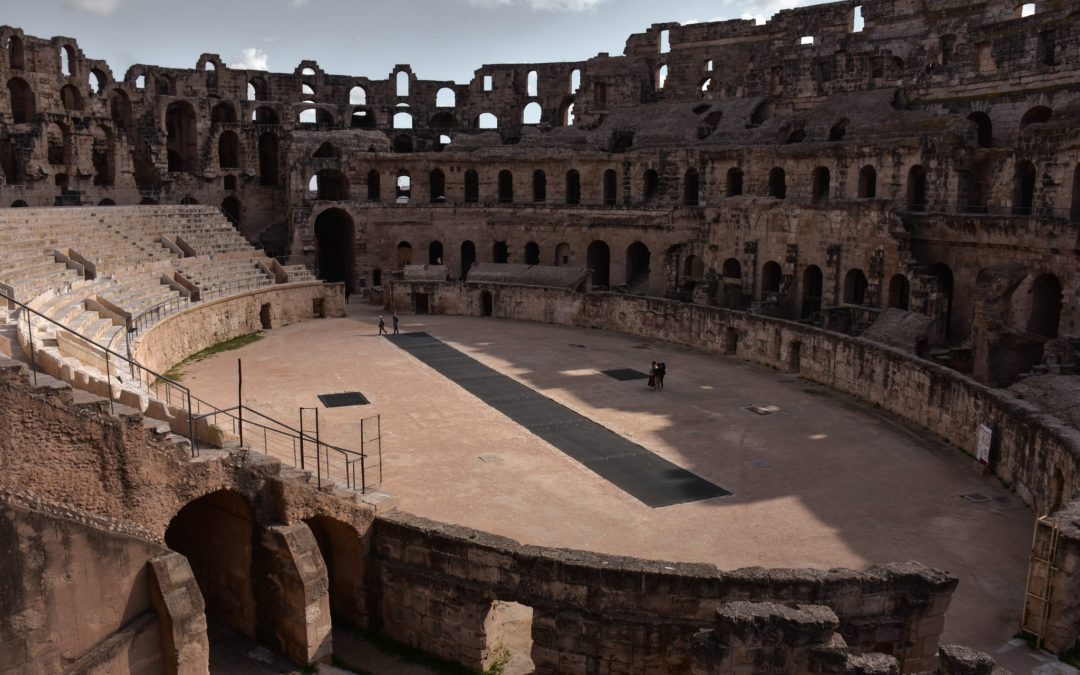November 2018: As part of a larger 2-week trip across North Africa, my friend Richard and I visited Tunisa for a few days with the goal of visiting the blue mediterranean village of Sidi Bou Said and the best-preserved gladiator arena in the world and without all of the tourists of the Coliseum.
Tunisia is the easiest country to visit in north Africa along with Morocco and as a result it is the most visited by Europeans, so it wasn’t high on my priority list. But I wanted to visit Tunisia, the origin of the Arab Spring revolution in 2010 that saw the dictator of Tunisia, Ben Ali along with numerous others toppled and the breakout of civil war across Arab countries that saw thousands killed. When Richard and I took a taxi from the airport to Sidi Bou Said, we passed the square where the food vender, who was harassed by totalitarian police officers and had his food cart confiscated and he was fined. In protest to a government that afforded no rights to its people, and out of frustration by the corruption that only awarded those with money, the street vender lit himself on fire in protest and later died from his wounds. His fire swept across the Arab world igniting a fury that toppled even Libya’s Qaddafi. During my visit, a democratically elected government was in power in Tunisia, and people were hopeful for the future.
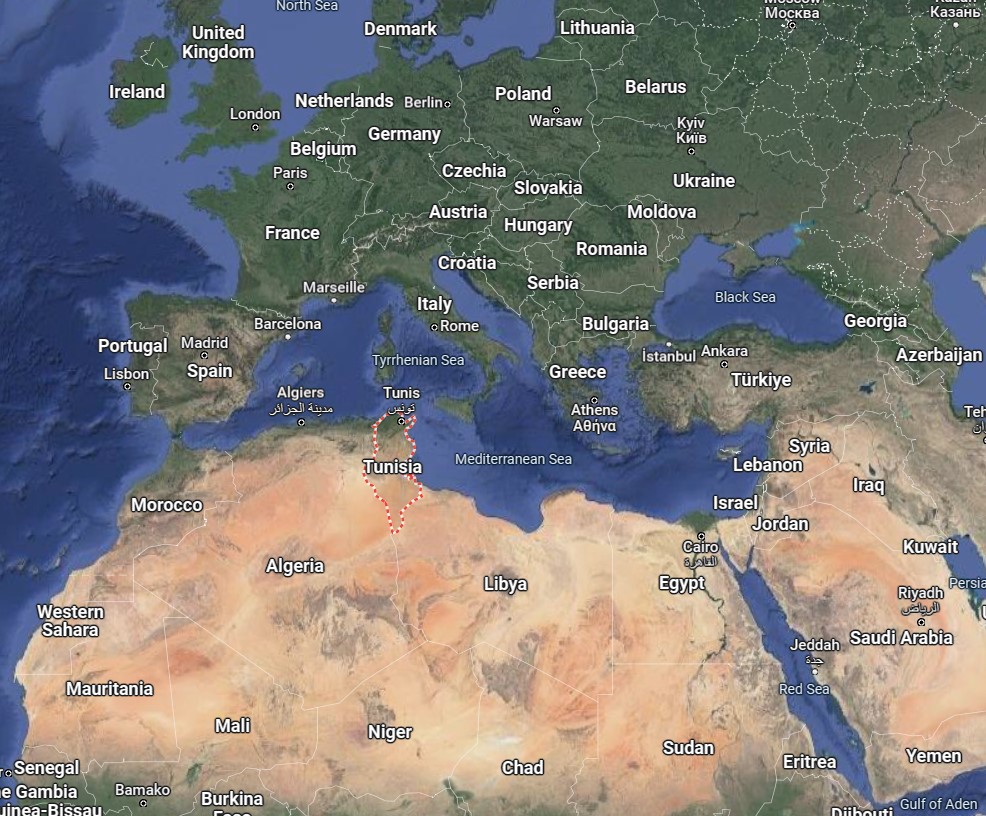
Tunisia location
Richard kindly booked us two hotel rooms in a family run boutique hotel in Sidi Bou Said overlooking the Mediterranean Sea. I instantly fell in love with the little village with its whitewashed village homes and painted blue doors.
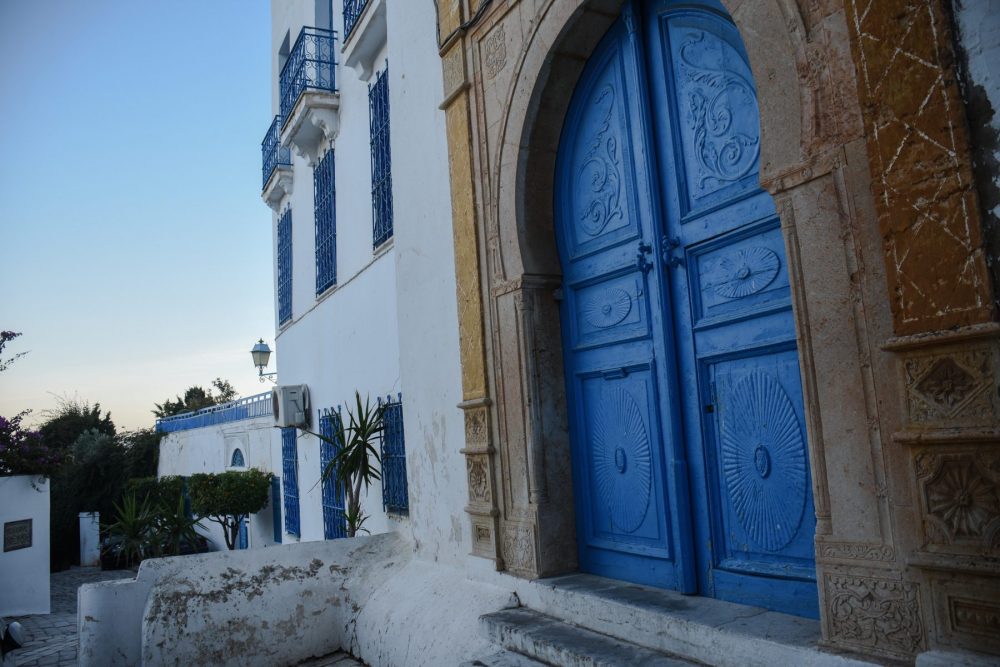
Sidi Bou Said
Richard kindly booked us two hotel rooms in a family run boutique hotel in Sidi Bou Said overlooking the Mediterranean Sea. I instantly fell in love with the little village with its white washed village homes and painted blue doors.

Sidi Bou Said
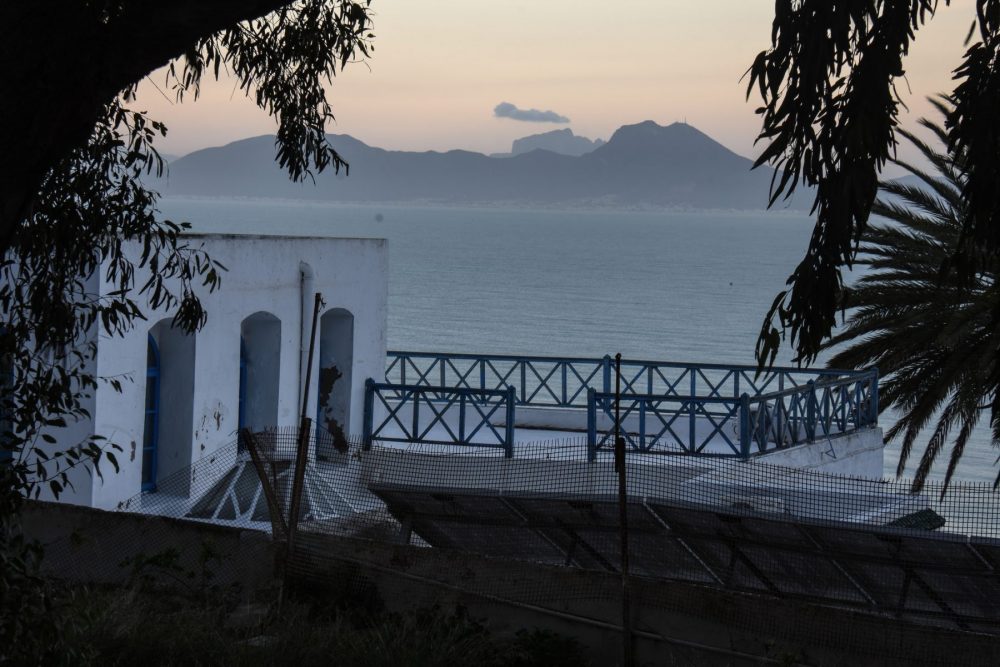
Sidi Bou Said
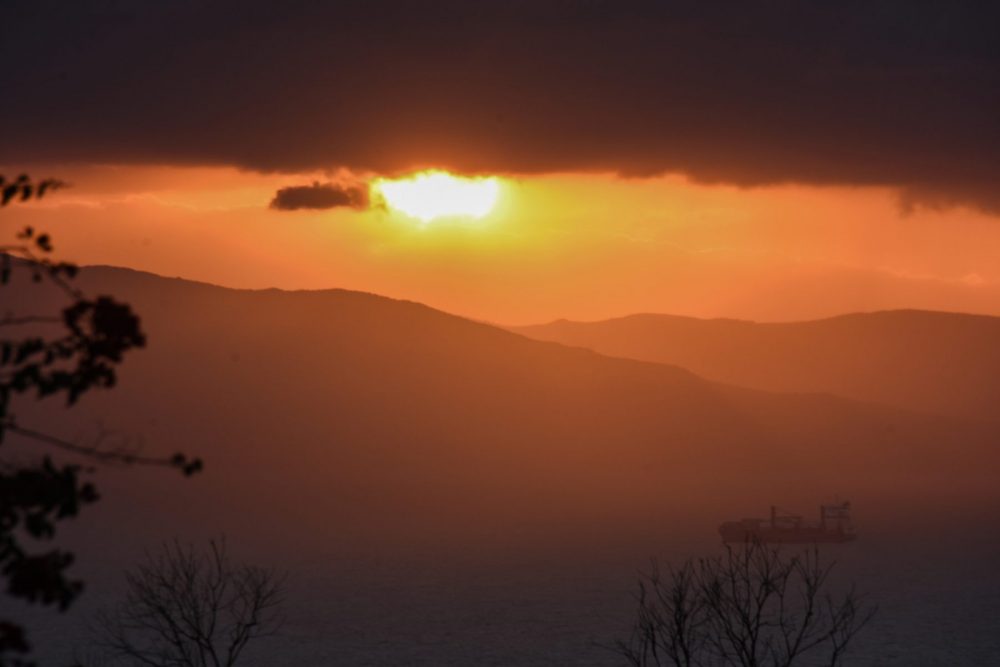
Sidi Bou Said

My room in Sidi Bou Said

View of mediterranea from my hotel-Sidi Bou Said
I woke up early to explore Sidi Bou Said and I walked down the hillside to the ocean along a small dirt road that became more desolate the further I went. I passed an abandoned guard post and ruined gate, and my interest was piqued. Once I reached the seaside, I found a burnt foundation of what appeared to be a mansion. Later at my hotel, I asked what the building was, and I found out from the manager that it was one of the seaside villas of late dictator ben Ali, that was burnt to the ground in protest by Tunisian citizens.
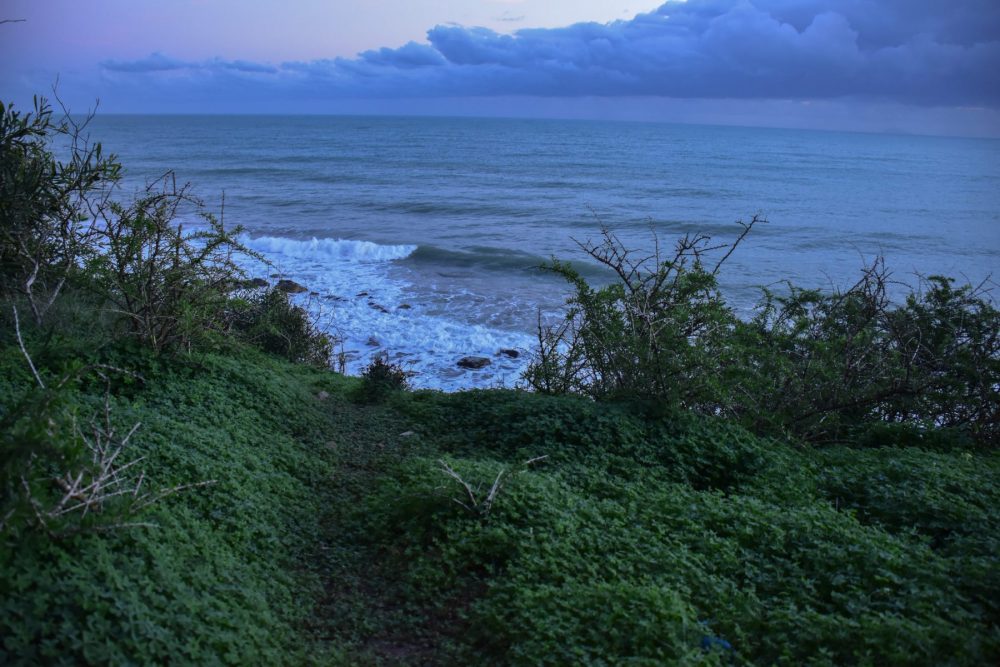
View of ocean from ben Ali’s former seaside vila before it was burnt down
In the morning I arranged for a taxi to take Richard and I to El Jem, Roman Coliseum which was a few hours’ drive south but worth the drive and one of my motivating factors for visiting Tunisia.
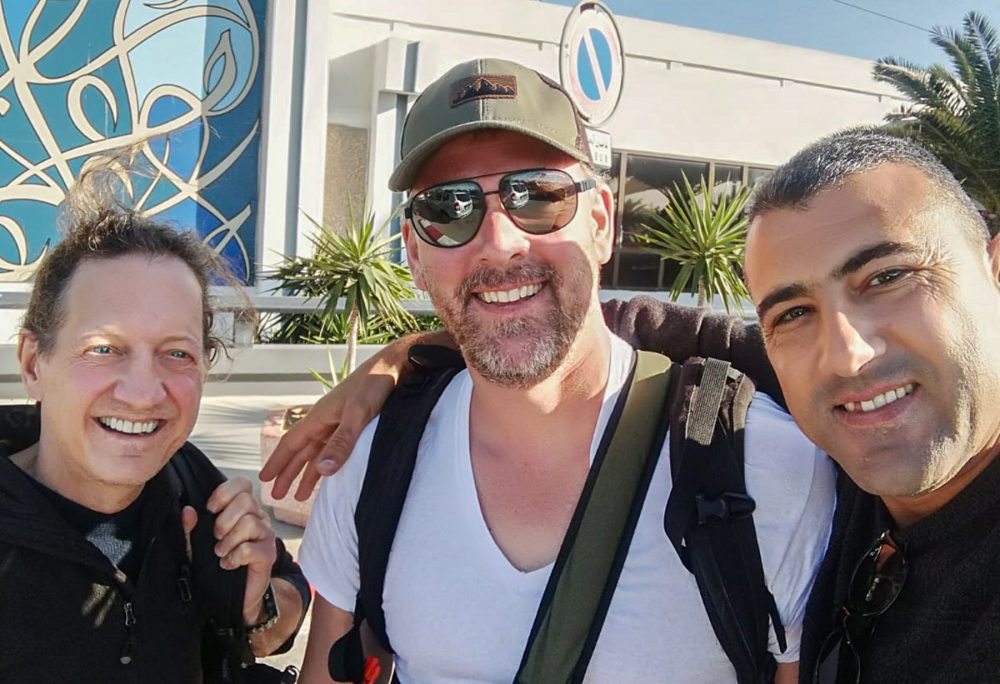
Richard, me and our Tunisian driver
In the morning I arranged for a taxi to take Richard and I to El jem, Roman Coliseum which was a few hours drive south but worth the drive and one of my motivating factors fro visiting Tunisia. El Jem was a gladiator arena where gladiators fought to the death. It was built in 200AD and once had a capacity of 35,000 people. It was abolsutely top of my list of places to visit in Tunisia. It is an imposing structure in the small town where it is located and few foreigners make it this far south to visit from the sun stained mediterranean beaches and during my visit I practically had El jem and its gladiator tunnels to myself.

El Jem

El Jem
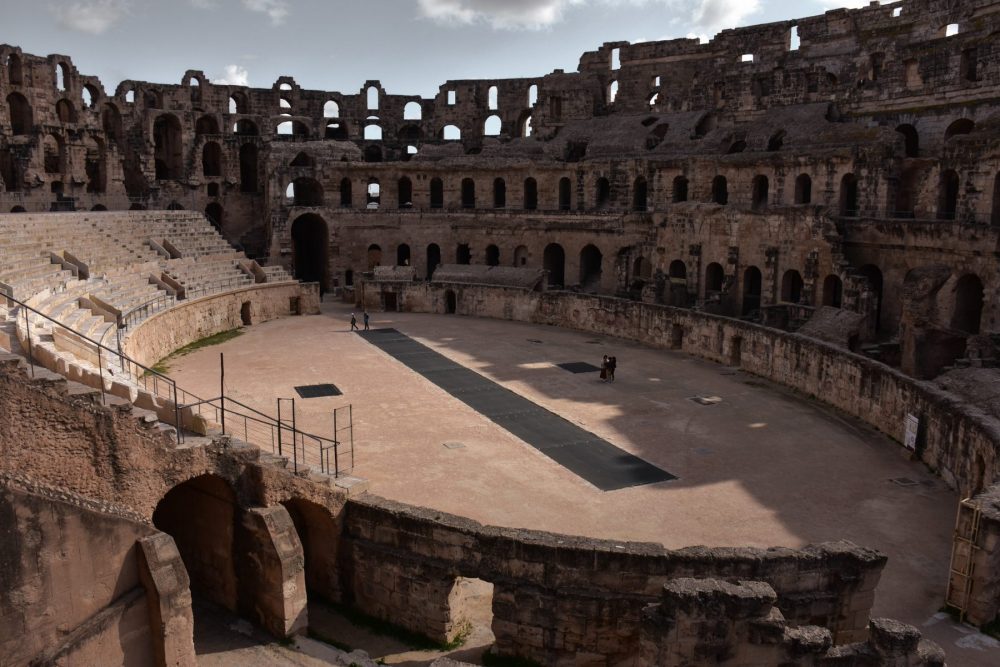
El Jem

Colliseum tunnels where gladiators were kept-El Jem

El jem
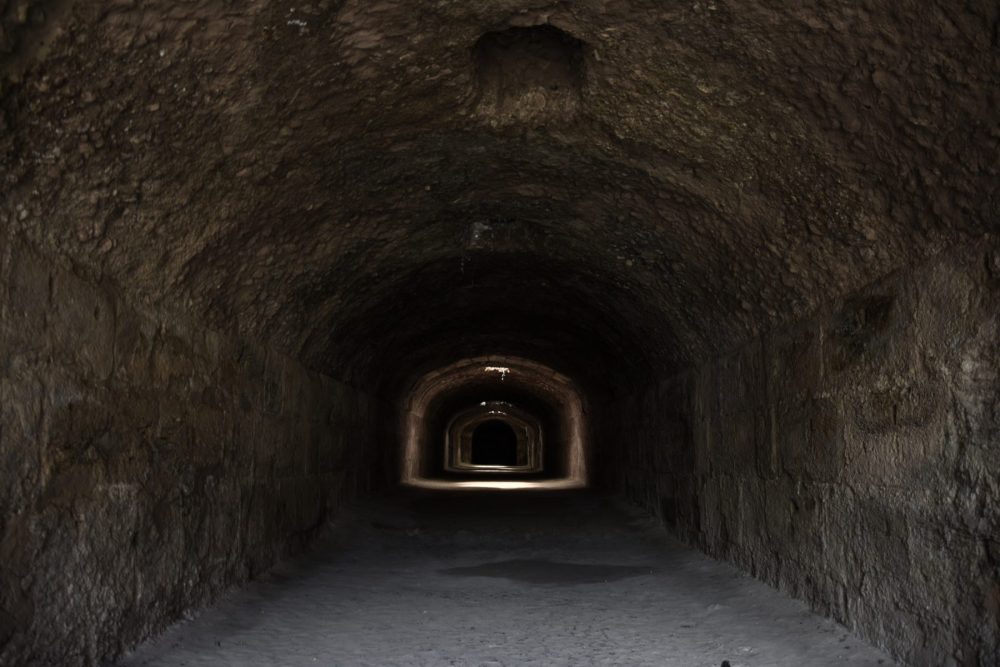
Colliseum tunnels where gladiators were kept-El Jem
From El Jem, we drove back to Tunis and continued our trip onwards to Mogadishu, Somalia.

